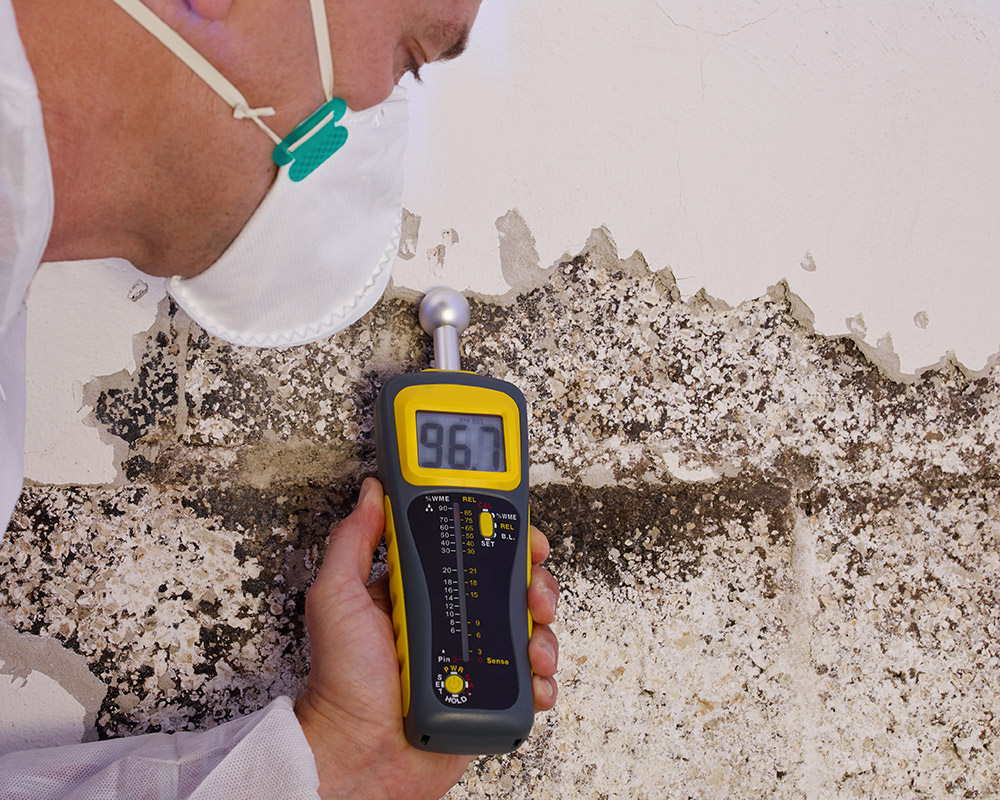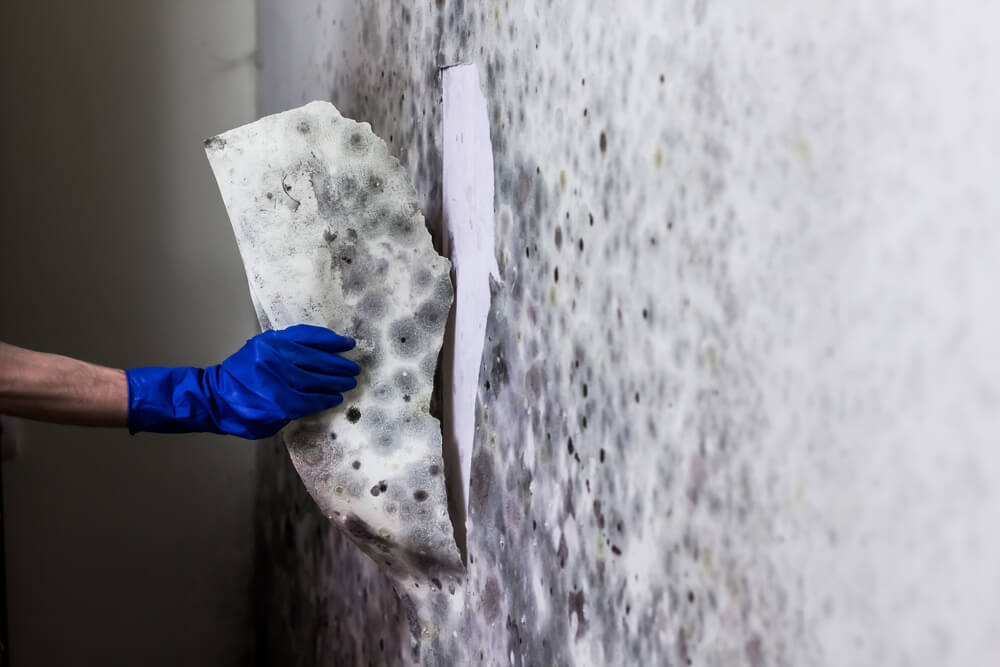Support on What to Do After Mold Remediation
Your Ultimate Guide to Post Mold And Mildew Removal Methods
Browsing the realm of post-mold remediation techniques is a careful procedure that requires attention to detail and a comprehensive understanding of the complexities involved. In the results of mold and mildew infestation, understanding how to efficiently eradicate the mold and mildew and prevent its reoccurrence is paramount for preserving a healthy interior setting. From choosing the best cleansing and decontaminating methods to carrying out techniques for lasting mold prevention, each step in the removal journey plays an essential function in making certain a successful end result. As we begin on this expedition of post-mold removal strategies, we will certainly uncover the key strategies and finest practices that can assist you recover your room to its pre-mold problem and guard it against future mold threats.
Recognizing Post-Mold Remediation Refine
After completing the mold and mildew removal process, it is vital to understand the post-mold removal techniques that are needed to guarantee a extensive and effective cleaning. Once the mold and mildew has been eliminated, the next step entails cleaning and decontaminating the affected areas to stop any regrowth of mold and mildew.
Moreover, carrying out a last inspection post-remediation is crucial to make sure that all mold and mildew has been effectively gotten rid of. This evaluation needs to involve a detailed visual check in addition to potentially air sampling to verify the lack of mold and mildew spores airborne. Extra removal might be required if the examination reveals any type of remaining mold and mildew. Lastly, informing passengers on preventative measures such as managing wetness degrees and immediately resolving any water leaks can help preserve a mold-free atmosphere.
Reliable Cleansing and Decontaminating Techniques

Preventing Future Mold Growth

Significance of Proper Air Flow
Proper air flow plays a crucial function in avoiding dampness buildup, a vital consider mold and mildew development within indoor atmospheres. Efficient air flow systems assist eliminate excess moisture from the air, decreasing the opportunities of mold spores locating the moisture they need to sprout and spread. Without ample air flow, indoor spaces can come to be a breeding place for mold, bring about potential wellness threats and structural damages.
By ensuring appropriate air circulation, ventilation systems can additionally help in drying out moist locations more swiftly after water damages or flooding incidents, additionally deterring mold growth. testing air quality after mold remediation. Precede like shower rooms, attics, basements, and kitchen areas where wetness degrees have a tendency to be greater, setting up and preserving effective air flow systems is vital in preventing mold infestations

Monitoring and Maintenance Tips
Given the critical duty that appropriate air flow plays in protecting against mold and mildew growth, it is necessary to establish reliable surveillance and upkeep ideas to make sure the ongoing functionality of ventilation systems. Normal inspections of ventilation systems ought to be carried out to look for any signs of obstructions, leakages, or malfunctions that can hinder appropriate airflow. Surveillance humidity levels within the building is additionally crucial, as high humidity can add to mold growth. Mounting a hygrometer can help track moisture levels and sharp homeowners to any type of spikes that may require interest. In addition, guaranteeing that air filters are regularly cleaned up or replaced is essential for preserving the performance of the air flow system. learn the facts here now Implementing a routine for regular upkeep jobs, such as air duct cleaning and heating and cooling system evaluations, can aid prevent concerns prior to they rise. By staying mindful and positive to the problem of air flow systems, building owners can successfully alleviate the threat of mold and mildew regrowth and keep a healthy interior setting.
Verdict
Finally, post-mold removal methods are important for guaranteeing a clean and secure atmosphere. Understanding the process, applying efficient cleansing and sanitizing approaches, protecting against future mold and mildew growth, maintaining correct air flow, and regular tracking are all important steps in the remediation procedure. By complying with these guidelines, you can effectively eliminate mold and mildew and stop its return, functioning or promoting a healthy and balanced living room for all passengers.
In the aftermath of mold problem, understanding how to successfully eliminate the mold and mildew and prevent its reoccurrence is vital for maintaining a healthy and balanced indoor environment. When the wikipedia reference mold and mildew has been eliminated, the following step includes cleansing and disinfecting the impacted locations to protect against any type of regrowth of mold and mildew - After mold remediation. After getting rid of visible mold and mildew growth, it is vital to cleanse all surfaces in the afflicted area to eliminate any continuing to be mold and mildew spores. To additionally improve mold prevention procedures, it is crucial to address underlying issues that initially led to mold growth.Given the vital function that this page appropriate air flow plays in stopping mold growth, it is necessary to develop effective tracking and upkeep pointers to ensure the ongoing capability of ventilation systems